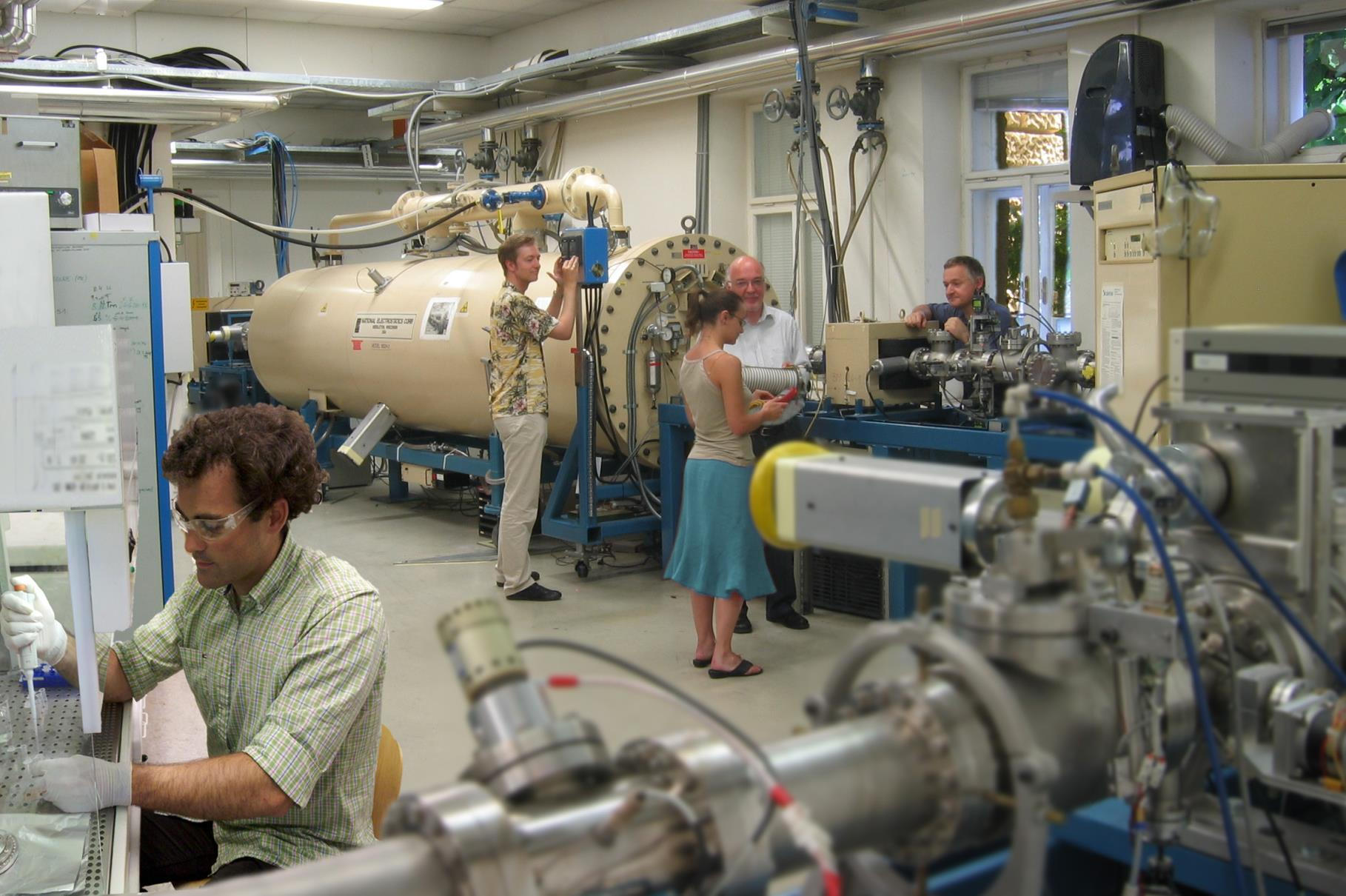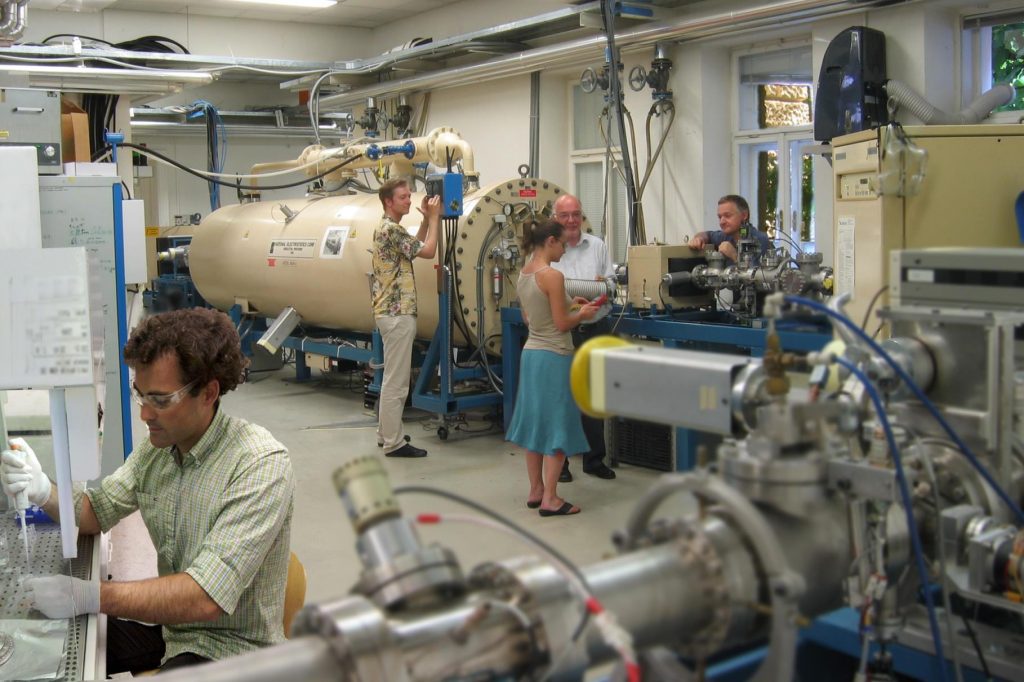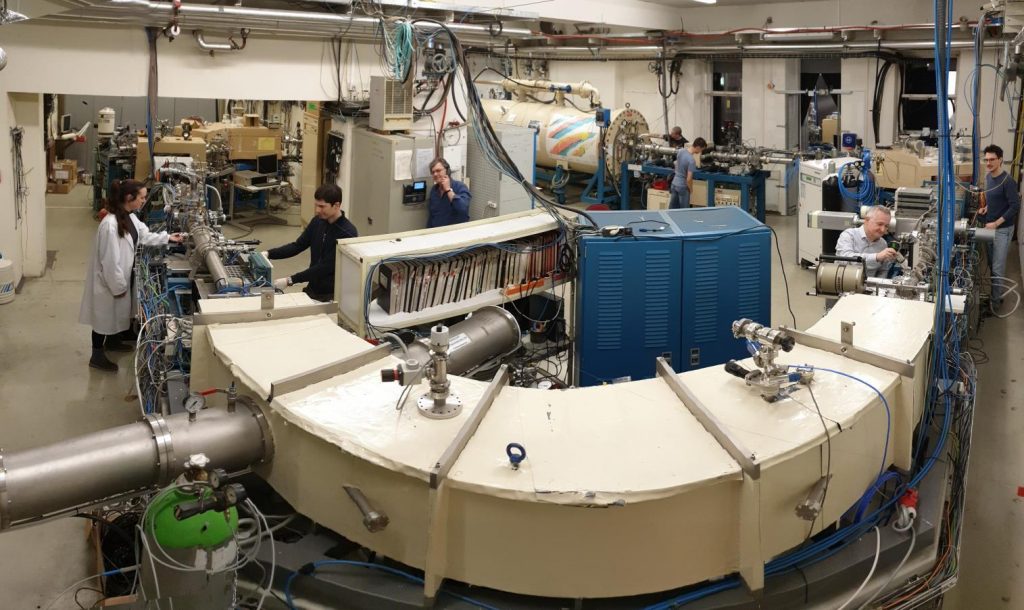Vienna Environmental Research Accelerator, University of Vienna, Austria

Credit: Peter Steier

The Vienna Environmental Research Accelerator (VERA) is based on a 3 MV tandem accelerator [1]. VERA is one of the first accelerator facilities designed and dedicated for accelerator mass spectrometry (AMS) all across the nuclear chart. VERA can measure all standard AMS isotopes like the long-lived radionuclides Be-10, C-14, Al-26, Cl-36 and I-129 and is especially well-suited for the determination of actinide isotopes (U, Np, Pu, Am).
The Isotope Physics group that operates VERA has an outstanding reputation for the development of AMS methods and techniques, such as the world-wide unique ILIAMS (Ion-Laser Interaction Mass Spectrometry) system for isobar suppression [2]. Using ILIAMS many more isotopes of interest for astrophysic, e.g. Cl-36, Mn-53, Hf-182, become accessible even with “small” accelerators like VERA at ultimately-low detection limits.

AMS measurements on the complete set of established isotopes are mostly performed in cooperation with national and international partners. VERA is also well-known for hosting international guests for education and training of AMS sample preparation and running an AMS facility.
VERA, being part of the University of Vienna, is situated in the centre of the capital city of Austria. Vienna can be easily reached by plane, train and long-distance bus service and has an excellent public transportation system. Affordable restaurants and accommodations are in walking-distance of VERA.
ChETEC-INFRA collection dates and user times:
Contact information:
- Peter Steier (local TNA manager)
- Robin Golser (PI)
- Silke Merchel (sample preparation contact)
Country of installation:
- Austria
- everyone whose affiliation is outside of Austria can apply for TNA at VERA
Key information at a glance:
Presentation of TNA to VERA given at the ChETEC-INFRA kick-off meeting (May 4, 2021):
Presentation of transnational access at VERA given at TNA Event (September 27, 2021):
Quantity of access to be provided:
- 200 beam time hours
Websites:













